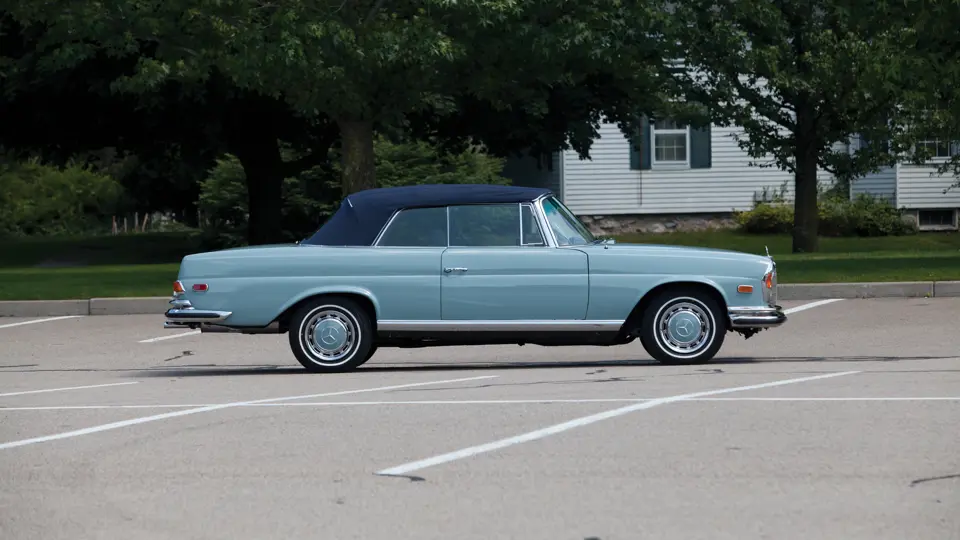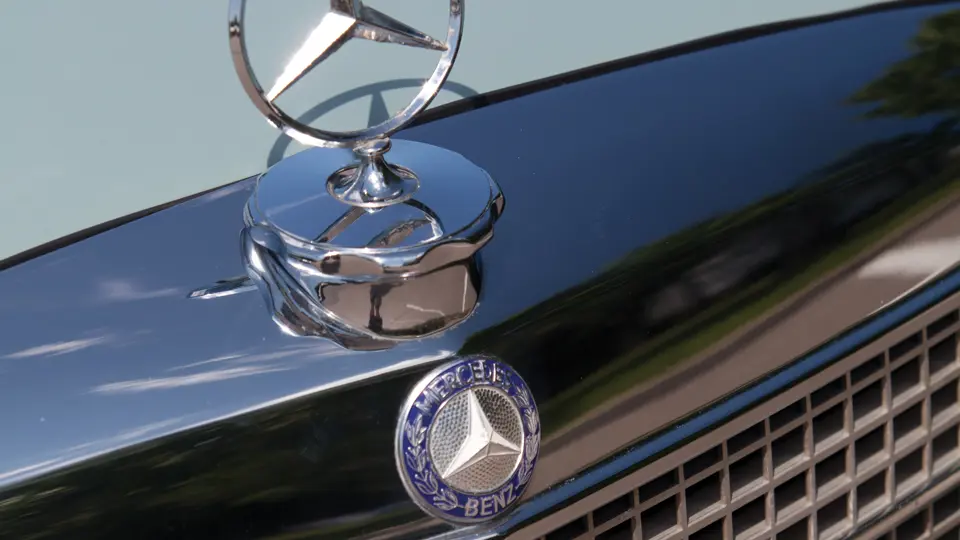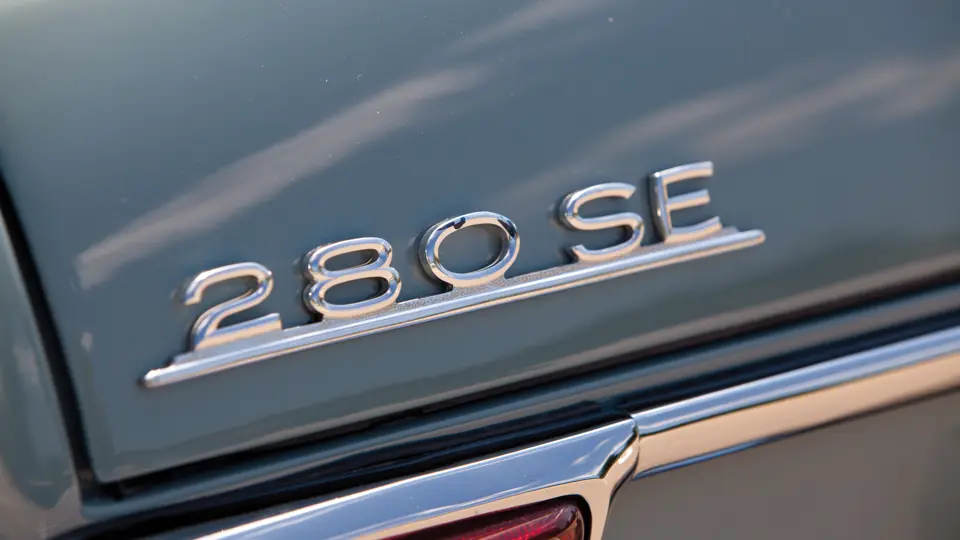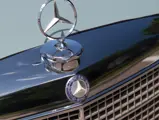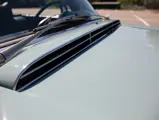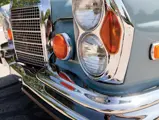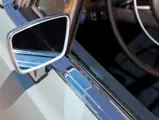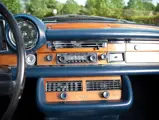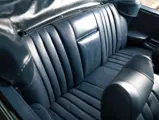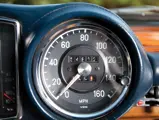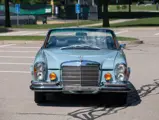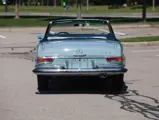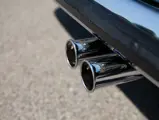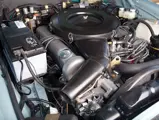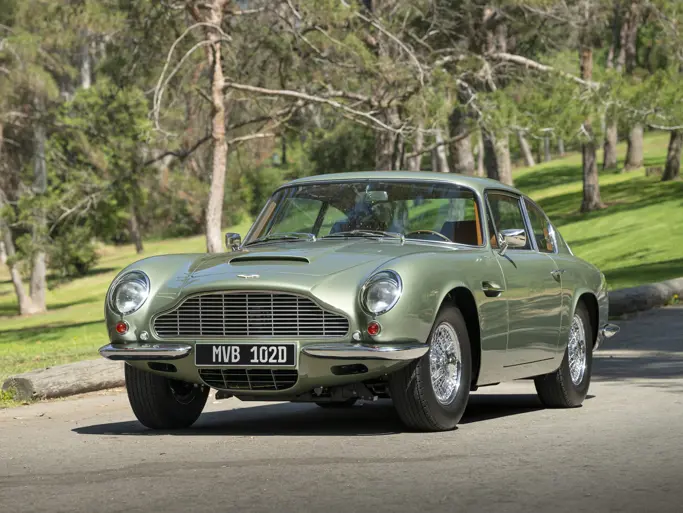
1971 Mercedes-Benz 280 SE 3.5 Cabriolet
{{lr.item.text}}
$330,000 USD | Sold
{{bidding.lot.reserveStatusFormatted}}
- Two private California owners from new; only 55,000 actual miles
- Desirable console shift, Behr air conditioning, and Becker radio
- Superb, rare original color combination
- Fresh engine-out cosmetic restoration, including new paint and top
- Show-detailed presentation, including the undercarriage
- Includes owner's books, jack, and tools
200 hp, 3,499 cc OHV V-8 engine with Bosch electronic fuel injection, four-speed automatic transmission, independent front suspension with unequal-length control arms and an anti-sway bar, independent rear suspension with a low-pivot swing axle and trailing arms, and four-wheel power hydraulic disc brakes. Wheelbase: 108.3 in.
The “S-Class” Mercedes-Benz of the 1960s began with the distinctive fin-tail sedan that was introduced in 1959 on the new W111 chassis. By 1961, the chassis underpinned the elegant SE Coupe and Cabriolet, which eschewed the dated fin design for a more elegant rear-end treatment more closely related to the upcoming 230 SL. The penultimate W111 limited-production coupes and cabriolets were added in August 1969, fitted with the brand-new 3,499-cubic centimeter V-8 engine. Called the 280 SE 3.5, it was developed to keep pace with competitors in the U.S. luxury market. This unit (designated M116) produced 200 horsepower, enabling a top speed of 130 mph. To accommodate the larger V-8, the car’s front grille was lowered and widened, while the front and rear bumpers were modified with the addition of rubber strips, and the rear lenses were updated with a flatter, cleaner design, endowing the model with a more refined appearance. (These changes were also applied to the standard six-cylinder 280 SE.)
The M116 powerplant was to become the basis for V-8-powered Mercedes-Benzes built through 1991 and has a deserved reputation of being “bulletproof.” It utilized a cast-iron block for rigidity, economy, and better sound damping, and it featured cross-flow wedge cylinder heads with rocker-operated valves, which were driven by a single overhead camshaft per bank. The cams were chain-driven for a long life. Bosch transistorized the ignition, and electronic fuel injection was utilized. AutoCar, the British magazine, called it “a copybook example of how experience plus careful design can create a simple-to-make high-output engine of considerable refinement.” American buyers just related immediately because it was fast and fun.
The 3.5 Coupes and Cabriolets are considered the last production Mercedes-Benzes built with a high degree of hand finishing and were marketed through the 1971 model year. Over the 24-month period, 3,270 coupes and 1,232 cabriolets were made, with the majority of the convertible examples sold in the U.S., establishing this landmark car as among the fastest and most interesting Mercedes-Benzes of their era, but also one of the rarest and most expensive.
MRS. RIDDER’S CABRIOLET
The 3.5 Cabriolet shown here was in the long-term ownership (believed to be from the early ’80s until recently) of a Mrs. Ridder’s household, of the Knight Ridder newspaper family, the car’s second California-based owner. A copy of its original data card, which is on file, notes that the car was built as a U.S. version with a driver’s side rearview mirror, a Becker Europa radio, a power antenna, a front-seat armrest, Behr air conditioning, power windows, heat-insulating glass, and whitewall tires. It also has the most desirable factory feature of a sporty, center-mounted gearshift for the requisite automatic transmission.
According to the consignor, the car has enjoyed only two private owners and has presently covered about 55,000 miles. In his custodianship, it has enjoyed a fresh, engine-out cosmetic restoration, including a bare-metal repaint in the original Blue (DB304), interior upholstery refreshed where necessary in the original dark blue, and a complete new top of the correct three-layer type. All major systems, including the engine, brakes, suspension, and air conditioning, have been carefully checked and serviced. The car is accompanied by an original tool set, a full complement of owner’s manuals, and an original color booklet, as well as two of its original California “blue plates” from its famous original ownership, 280SE 35 and EZ RIDDR.
Freshly completed and in beautiful overall condition, this 3.5 Cabriolet combines all of the best and most desirable features and options: a center-mounted gearshift, wonderful original colors, full tools and books, and California socialite history. Rarer yet than both the 300 SL Gullwing and Roadster, the timelessly sophisticated 3.5 Cabriolet is also considered by many as the “ultimate usable classic” due to its comfort and effortless power and handling combined with robust engineering and build quality. This superb example can certainly be counted among the most desirable available anywhere.




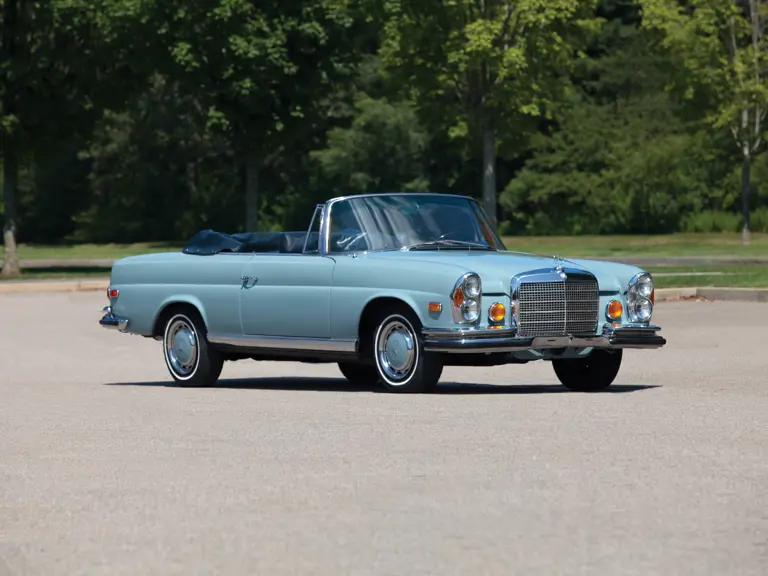
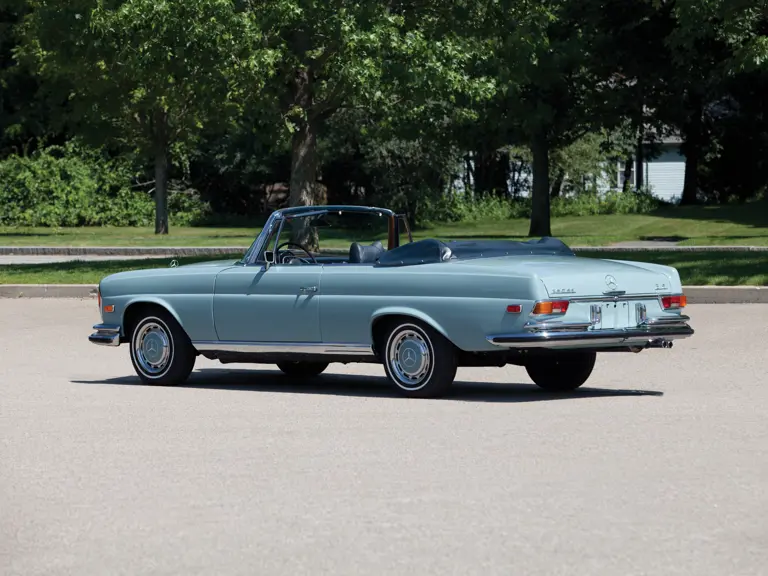
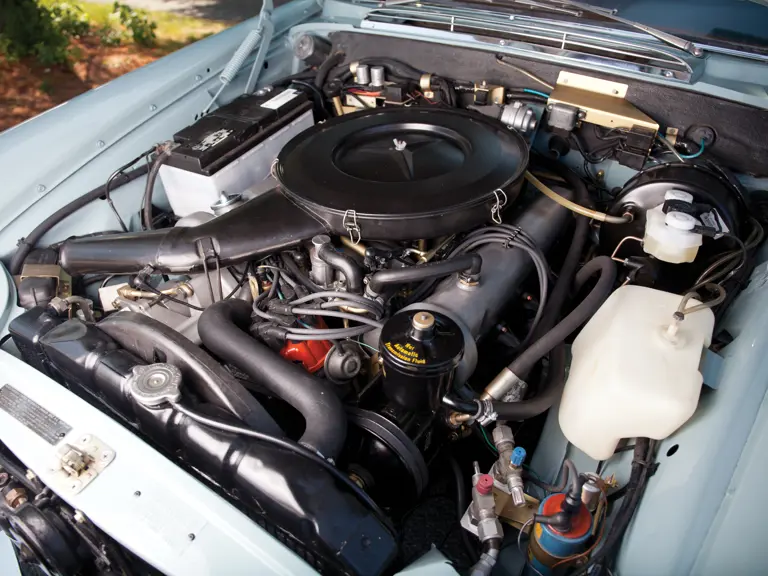
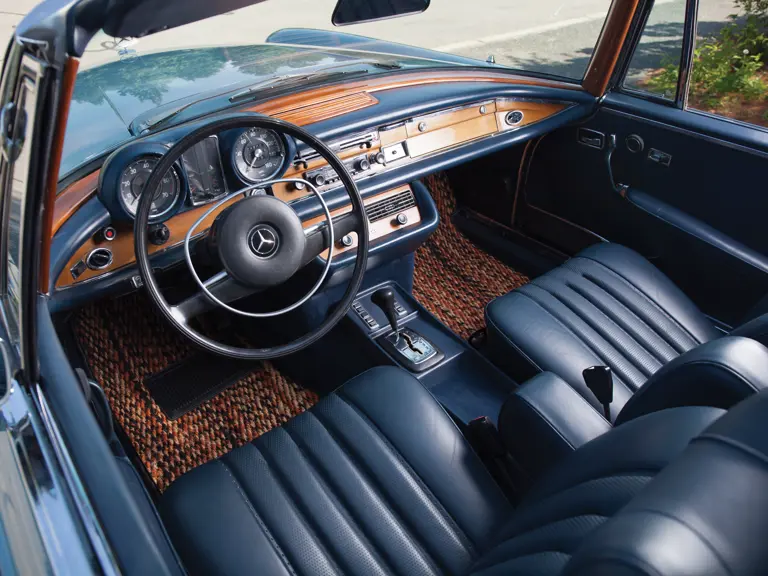
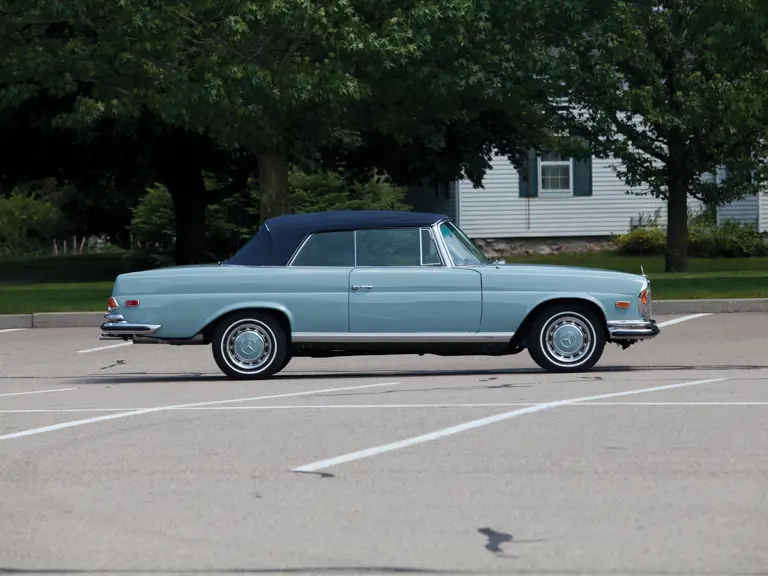
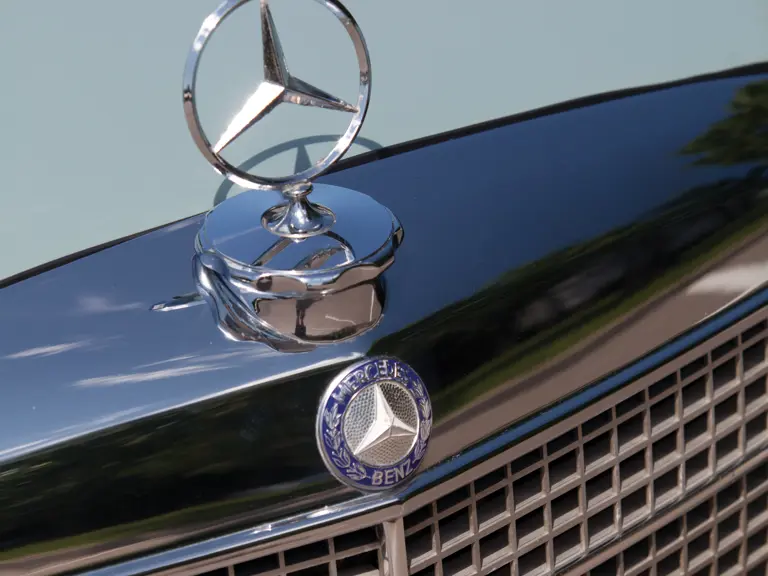
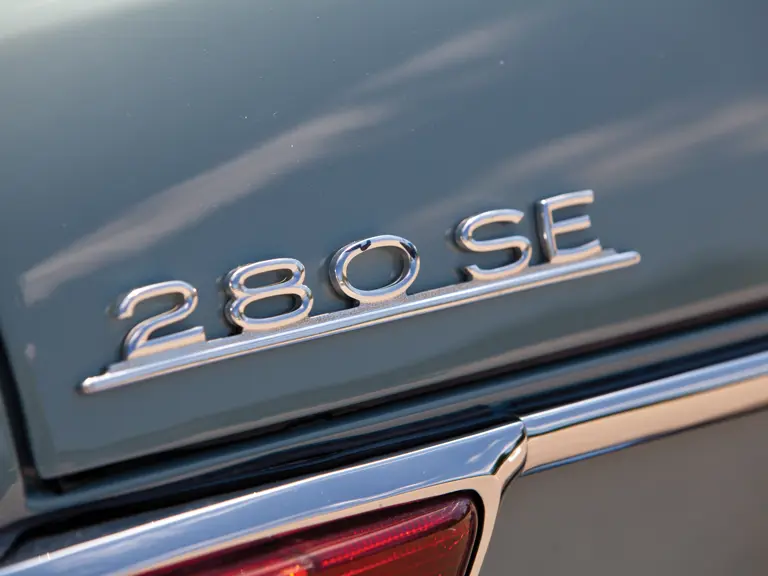
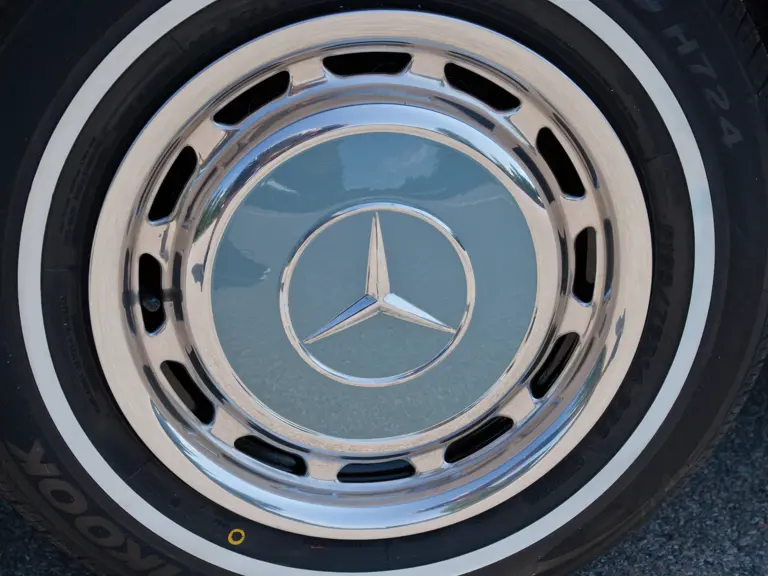
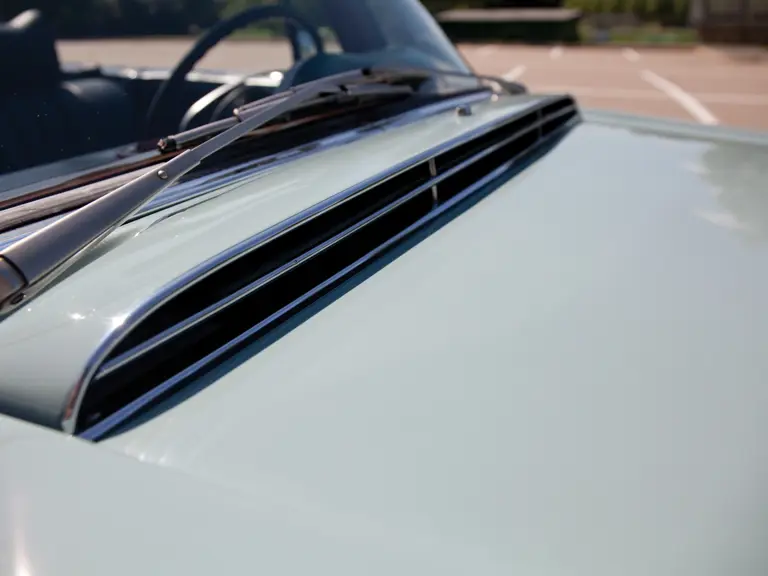
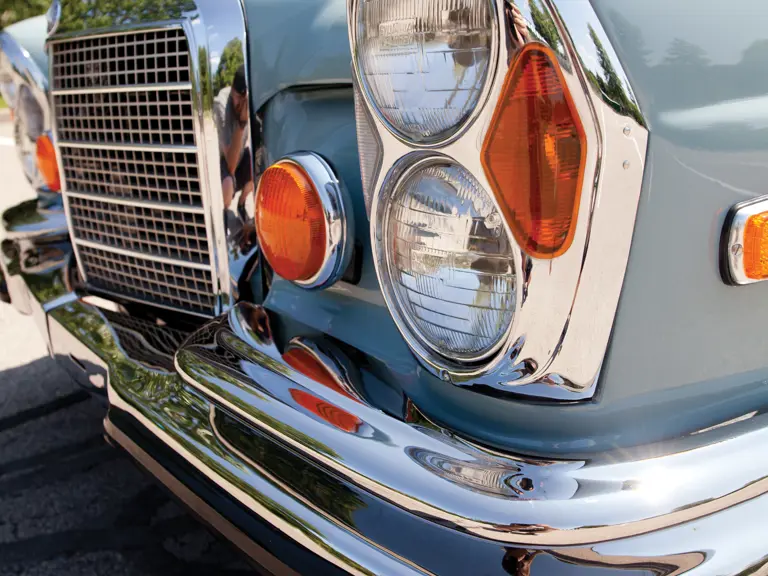
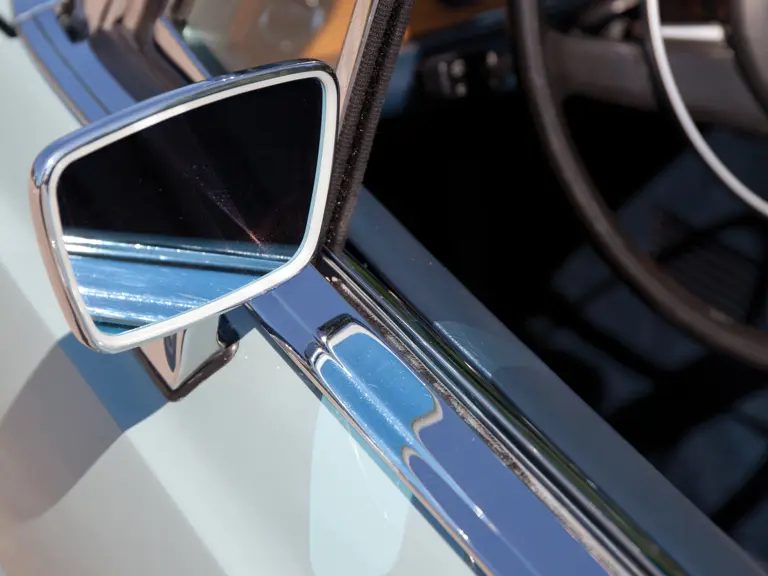
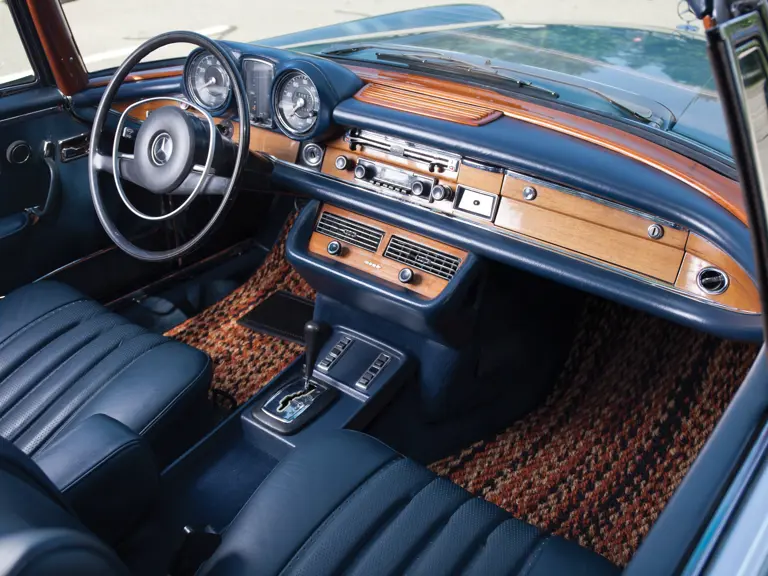
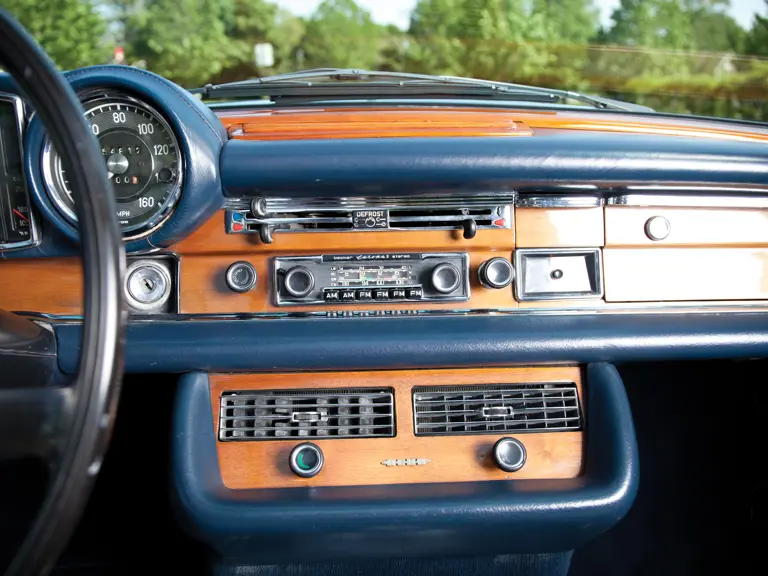
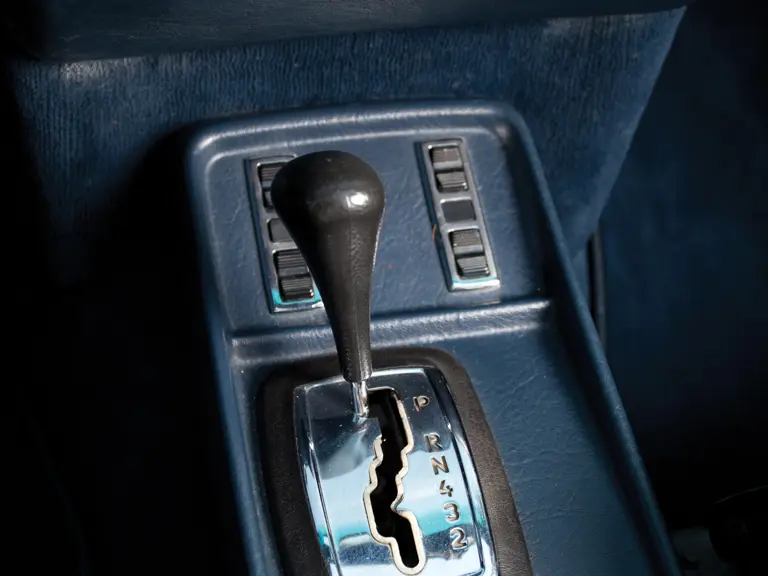
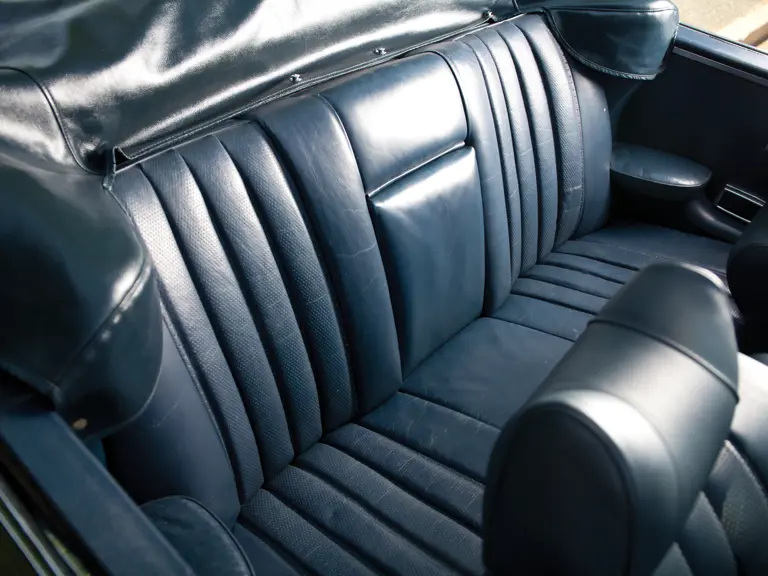
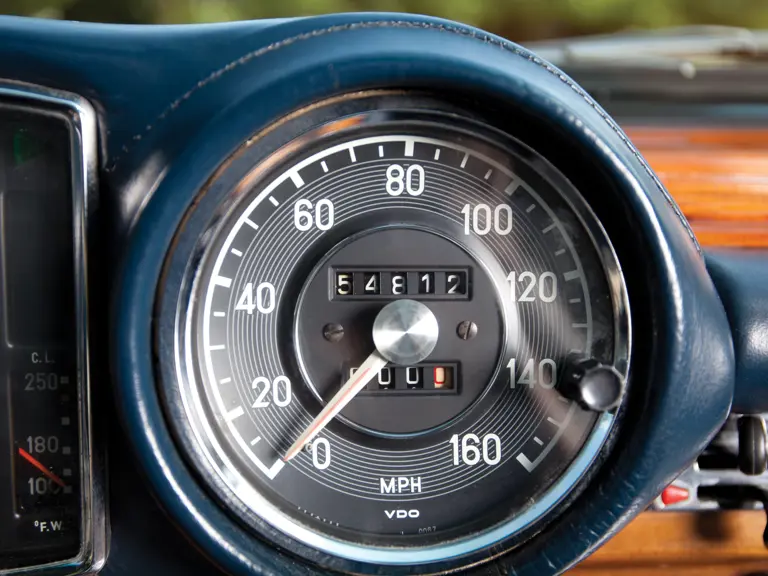
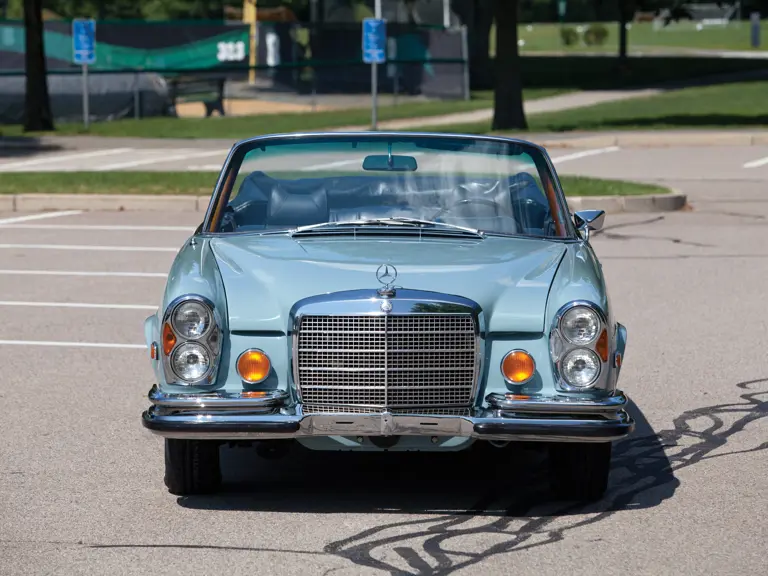
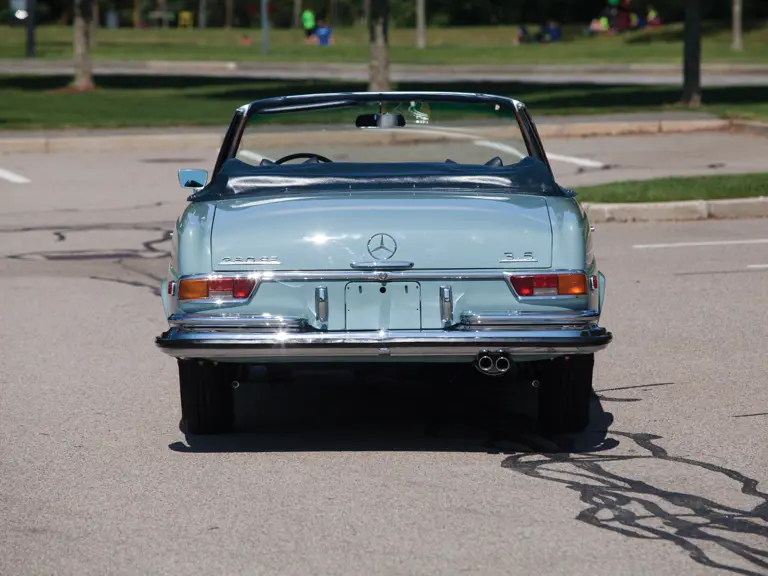
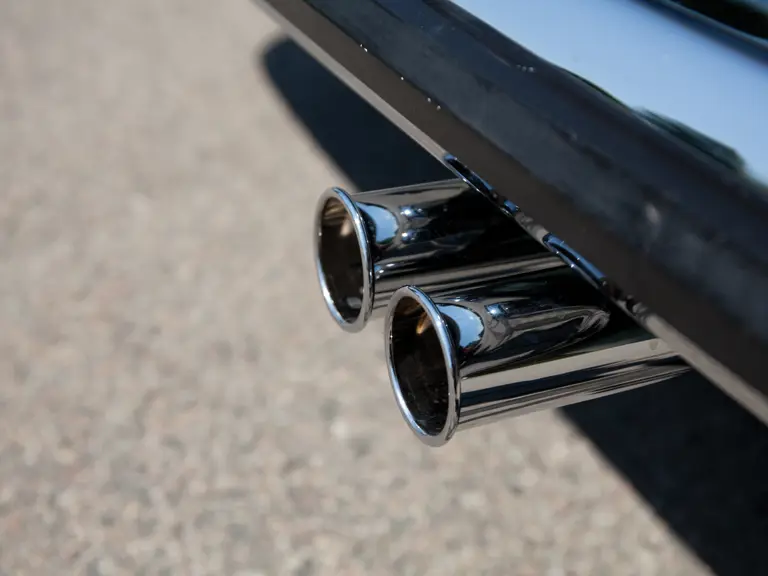
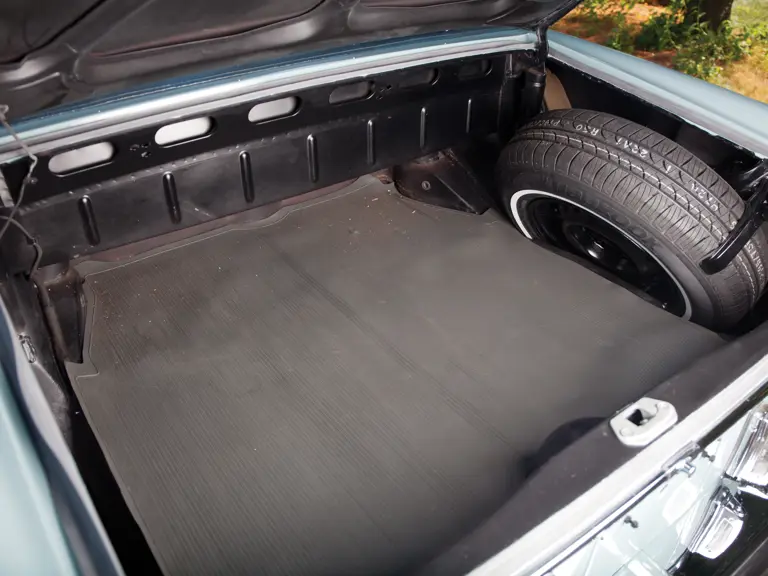

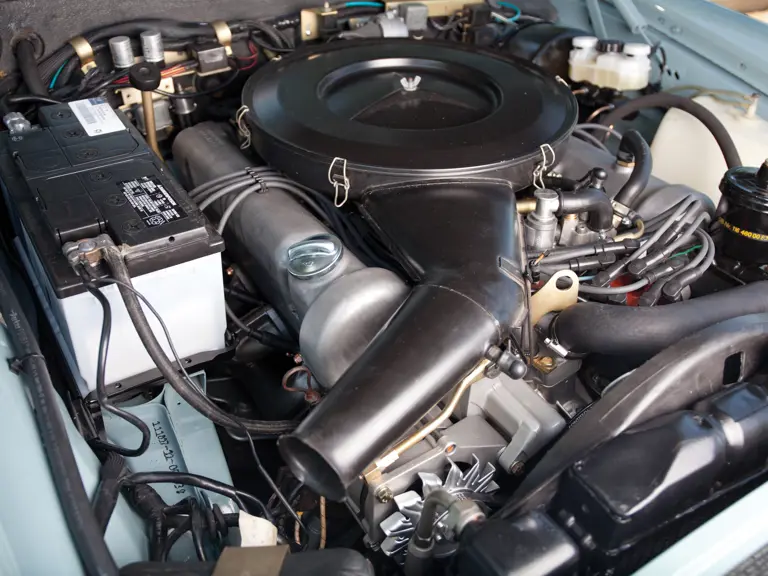

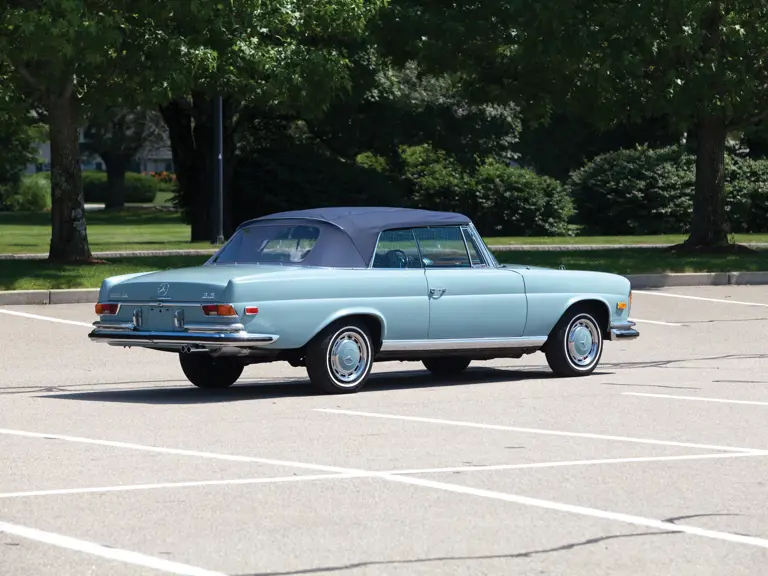
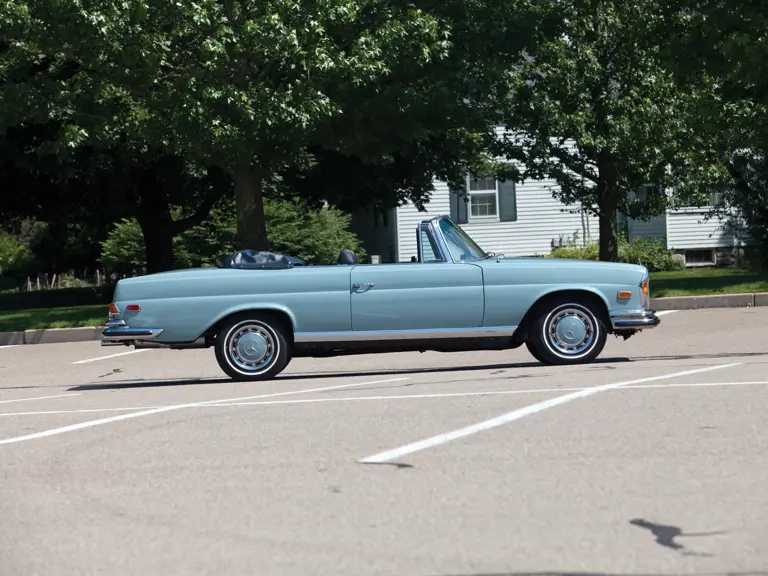
 | Monterey, California
| Monterey, California
